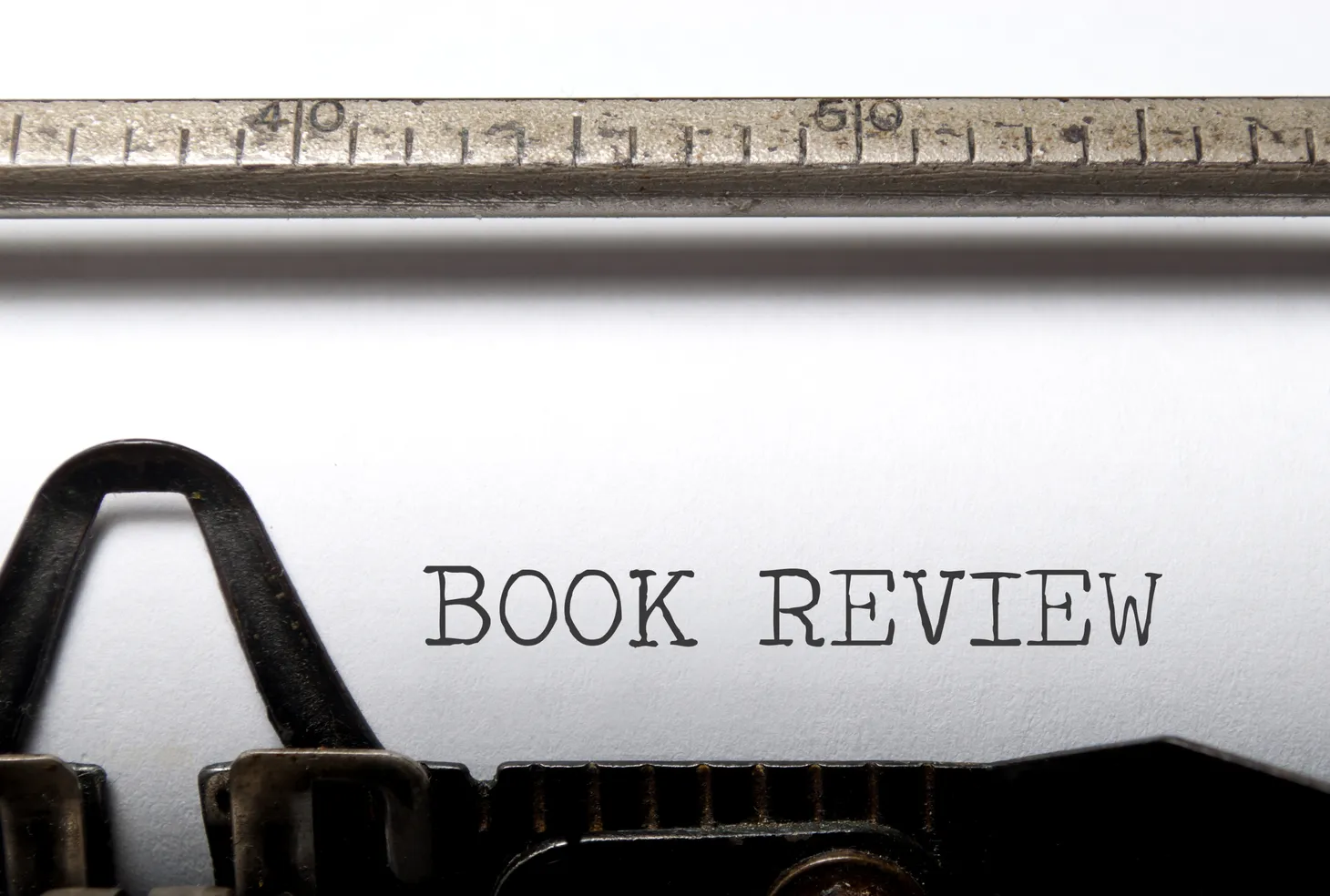Innovate for Time-sensitive Customers
My wife loves to look for travel bargains. Her main goal is to save money, and she considers spending several hours comparison shopping a fair tradeoff for savings. I’m kind of the opposite; in the very rare instances when I have to make my own travel plans I all I want is to find the […]

My wife loves to look for travel bargains. Her main goal is to save money, and she considers spending several hours comparison shopping a fair tradeoff for savings. I’m kind of the opposite; in the very rare instances when I have to make my own travel plans I all I want is to find the least-annoying flight as quickly as possible.
Recently I’ve started checking Hipmunk, a travel aggregator that uses an extremely simple layout to find you flights ordered from least annoying to progressively more annoying (long layovers, overbooked flights, etc.). Hipmunk has been smart to realize how the so-called paradox of choice can turn a relatively simple shopping expedition into a drawn-out and time-sucking endeavor. By simplifying the visual clutter, minimizing the input a customer has to enter, and steering you toward the least-aggravating choices, sites like Hipmunk limit the transaction time customers spend on their purchases. In other words, by seeming to offer you less, they actually offer time-sensitive customers more.
How can I cut the transaction time a customer experiences with my product?
Of course, there are risks to this. I happened to stop at my local IKEA the first weekend they transitioned over to self-checkout. They had made the somewhat questionable decision to replace all of their traditional checkout lanes simultaneously. The backlog of frustrated, angry, and eventually furious customers eventually led to hundreds of shoppers—including me—abandoning their carts and walking out. If you’re an established business and you’re going to make a radical change to the transaction experience, do it gradually or risk alienating your existing customers and destroying what goodwill you’ve already built up.
Sparking Points
- Are you currently offering your customers options they would willingly trade for a faster transaction time?
- What is the equivalent of the 80/20 Rule when it comes to the time a customer spends with your organization?
- What parts of the transaction can be eliminated or combined to achieve a competitive advantage?
Phil McKinney Newsletter
Join the newsletter to receive the latest updates in your inbox.




